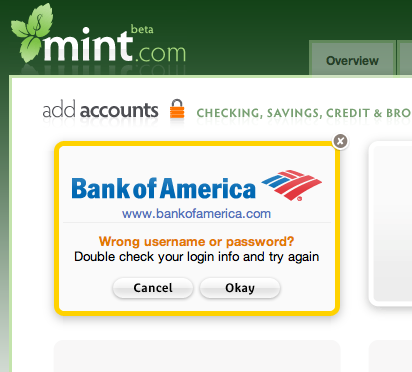Allen Weinberg has a great report on the first day at Payments 2008 that confirms some of the thoughts I’ve had in the past few weeks: that non-banks are becoming the primary source of banking innovation, threatening to relegate banks to mere accountants.
Allen cites the difficulty for banks to hire innovative employees because their lack of coolness, and I partly agree, but I think that is a bit too imprecise. It’s a bit like saying “We failed b/c we are were not lucky”. I think smart innovative employees go to companies that have an innovative management environment and culture, and there are very practical ways to create such an environment and culture, if the top management wants to.
To me such a culture starts by embracing the facts that:
- Committee planning does not work for innovation because most innovations fail and slight differences between similar projects can be huge key factors of success, and as a result it is impossible to predict from which team innovation will come from.
- People with innovative ideas (ex. new online service, new investment theory) as well as execution capabilities (ex. coding, sales skills) are a company’s greatest human asset and should be given opportunities before they leave and join a company that does.
Such an innovation culture consists then in implementing a management policy where such people can submit their plans, get a green light to allocate part of their time (whatever their direct manager says) and get a bootstrap budget as necessary. Then, just like a good option portfolio manager, define progress/success metrics, and allocate more resources to those with the most traction. And finally, reward success. All of this is something Google seems to be doing very well.
Banks are now at a most critical time and their ability to innovate in sustainable business models will be key to their survival. Nouriel Roubini noted this morning that banks’ unsustainable “originate & distribute” business model of the last few years is crumbling with the broken “securitization food chain”.
Banks are social intermediaries, and as a result, social services that focus on social lending or social saving pose a major threat to them, but could also turn out to be a major opportunity if they manage to re-intermediate these relationships and combine it with their unique competitive advantage: creating money from thin air.
Think for instance about the idea of a “college car” savings account solely dedicated to buying a car and that grand-parents could contribute too knowing where the money would end. Think of the negotiating power the bank could have by aggregating all the buying power behind these savings account and exchanging secured rebate from car manufacturers with secured future sales. This is what SmartyPig does, but environment/culture aside, it seems to me much easier to do it from the inside of a bank than from the outside. John Gaskell, SmartyPig co-founder was quick to comment that they have a patent pending on this process, so banks may actually not have this option.
Think also how a bank could leverage the fact that 50% of your student loan on a peer-to-peer lending site comes from your mum and dad, and grand-parents, and how little risk it would be for a bank to lend the remaining 50%, especially if the bank gets preferred re-payment rights.
Banks have some of this social data, in a way that is most likely much more authentic than a Facebook (think about all the documents you need to provide to open a checking or brokerage account compare to what you need to provide to open a Facebook account). It is just a matter for them to put in place the right environment and culture in place to attract people.
If they cannot change their culture, their next best bet might be to do what Apple or Facebook do: expose some of this information via easy-to-use APIs in a way that is more secure than their startup competitors. Then, allocate a VC fund to fund startups using this API (which is equivalent to buy an option to invest more/buy out the most promising ventures later).
